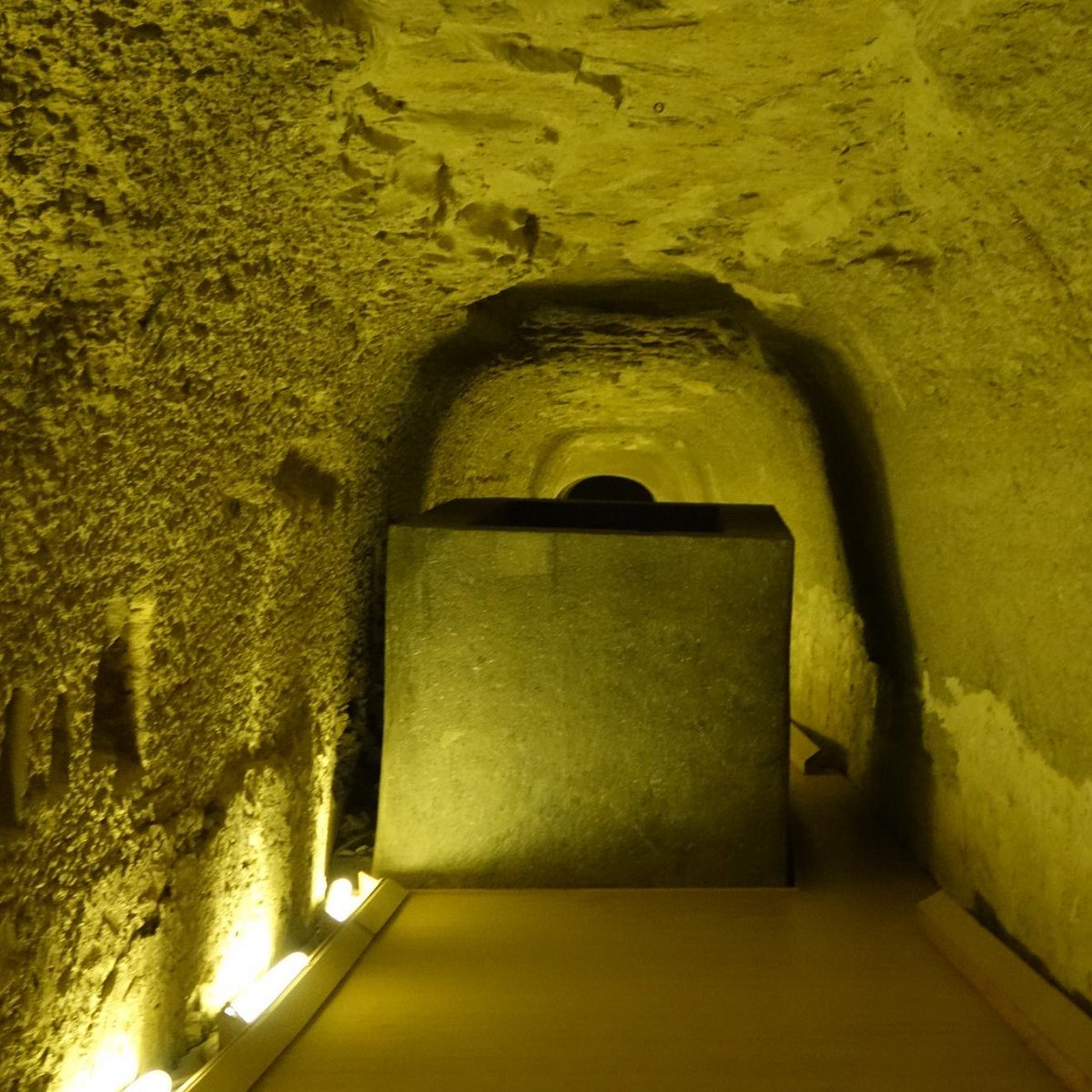Impossible engineering in our remote past: Mystery of the Giant Granite Parallelepipeds in Underground Tunnels
The story of giant granite parallelepipeds, weighing several tons and moving inside tunnels so narrow that they do not allow the use of wheels, winches or the turning of these objects, is a fascinating enigma that challenges our understanding of ancient construction and transport techniques.
Description of the Mystery
These parallelepipeds, massive blocks of granite, are found in underground tunnels that barely allow the passage of a human being, much less an object weighing several tons. The absence of signs that sledges, wheels, grease or any other conventional method of transport were used beneath these blocks adds an additional level of mystery. Despite these limitations, a dozen of these objects were moved through the narrow tunnels and deposited in side crypts several meters below ground level.

Discarding Conventional Theories
One theory that might seem plausible at first glance is that the parallelepipeds were built first and then the building was erected around them. However, this theory falls apart when one considers that the entire structure was dug underground, like a giant anthill. This implies that there was no way to build the blocks first and then the structure, as both processes must have occurred simultaneously or in a way that we do not yet understand.
Unknown Technologies and Knowledge
The fact that these parallelepipeds exist in the first place suggests that ancient civilizations possessed technologies and knowledge that have been lost to time or that we have not yet discovered. Handling multi-ton granite blocks without the use of known conventional techniques raises the possibility that some form of advanced or unknown technology was used. These could involve methods of transport and handling that left no obvious traces, or even the use of physical or chemical forces that we do not yet fully understand.
Historical Comparisons

There are other examples in history where seemingly inexplicable techniques were used to move and place large blocks of stone. The pyramids of Egypt, for example, are still the subject of debate over how the huge blocks of limestone and granite were moved and placed. Similarly, the stone structures at Puma Punku in Bolivia, which feature extremely precise cutting and drilling, defy conventional explanations about the technological capabilities of ancient civilizations.
Implications for Archaeology and History
The discovery of these granite parallelepipeds in underground tunnels has important implications for archaeology and history. Not only does it challenge our assumptions about the technological capabilities of ancient civilizations, but it also suggests that our understanding of human history is incomplete. This mystery could be the tip of the iceberg, indicating the existence of other similar discoveries that have not yet been made.
The Need for More Research
To unravel the mystery of these parallelepipeds, further investigation is required. Archaeologists and scientists must use modern technology, such as laser scanning and magnetic resonance analysis, to study the underground structures and granite blocks in greater detail. In addition, interdisciplinary collaboration between archaeologists, engineers, physicists and chemists could provide new insights and methods for understanding how these feats were achieved.
Conclusion
The enigma of the giant granite parallelepipeds in underground tunnels is a fascinating reminder that there is still much to discover about our past civilizations. This mystery challenges our current conceptions and invites us to explore more deeply the knowledge and technologies of our ancestors. With each discovery, we come a little closer to understanding the incredible capabilities of our ancestors.






